What is the Bently Nevada 3500/62 Process Variable Monitor? The Bently Nevada 3500/62 Process Variable Monitor is a cutting-edge solution designed to provide continuous monitoring of critical machinery in industrial environments. This sophisticated system measures key process parameters such as pressure, temperature, flow, and levels, offering real-time insights that help prevent equipment failure and optimize performance. Whether you're operating a single machine or an entire plant, the 3500/62 enables operators to detect potential issues early, ensuring both operational efficiency and safety. Key Features of the 3500/62 Monitor The Bently Nevada 3500/62 is engineered for high versatility and dependable performance. Some of the standout features include: 6-channel monitoring: The system can simultaneously track up to six different process parameters, providing a comprehensive overview of your machinery’s health. Flexible input options: It accommodates both current (4-20 mA) and voltage inputs (-10 Vdc to +10 Vdc), ensuring compatibility with a wide range of industrial sensors. Programmable alarm setpoints: Users can easily configure alarm thresholds to meet the specific needs of their system, allowing for early detection of abnormal conditions. Intrinsically safe inputs: The 3500/62 can handle intrinsically safe 4-20 mA inputs with zener barriers, providing added protection in hazardous environments. User-friendly software: Setup and modifications are made simple with the 3500 Rack Configuration Software, streamlining the configuration process. With these features, the 3500/62 offers the flexibility needed to monitor a broad spectrum of industrial systems with precision and ease. How the 3500/62 Enhances Machine Health The primary role of the 3500/62 Process Variable Monitor is to continuously assess key operational parameters and compare them to pre-set thresholds. When a reading falls outside the defined range, the system triggers an alarm, giving operators the opportunity to take corrective action before minor issues escalate into costly failures. This proactive monitoring approach leads to several significant benefits: Avoid unplanned downtime: By identifying potential problems early, maintenance can be scheduled proactively, minimizing unexpected machine failures. Improve operational efficiency: The 3500/62 helps identify inefficiencies or abnormal behaviors in the system, enabling operators to fine-tune operations and reduce energy consumption or waste. Enhance safety: Continuous monitoring reduces the risk of dangerous equipment failures that could lead to safety hazards, protecting both personnel and assets. Triple Modular Redundancy (TMR) for Maximum Reliability In industries where reliability is non-negotiable—such as oil and gas, power generation, and large-scale manufacturing—the 3500/62 can be configured in a Triple Modular Redundant (TMR) setup. This configuration involves installing three monitors in close proximity, ensuring that...
Read More
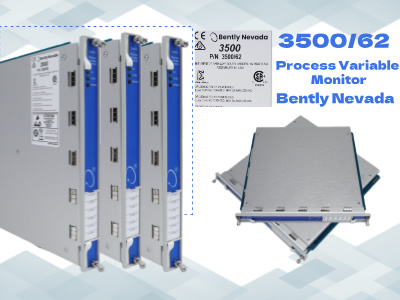
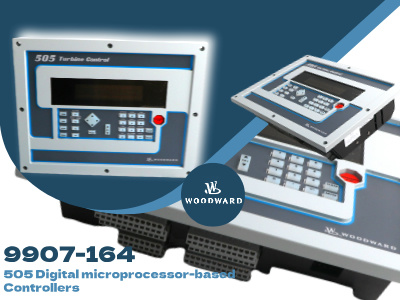
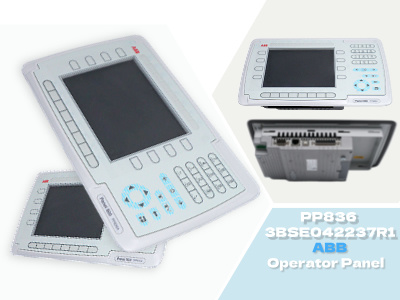

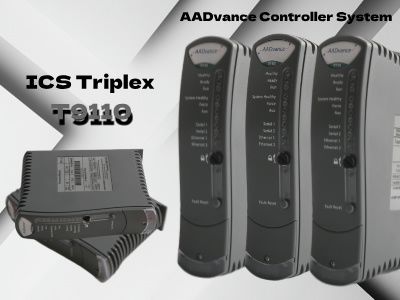
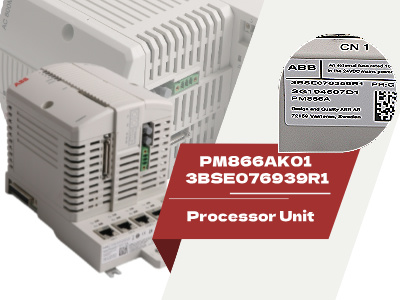
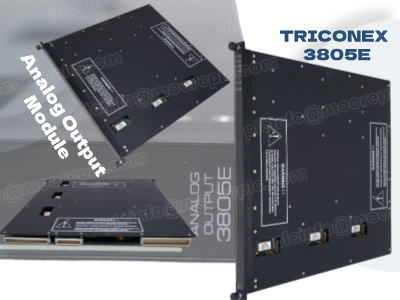
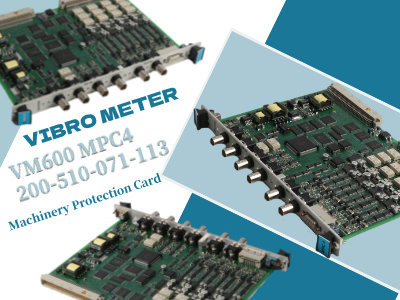
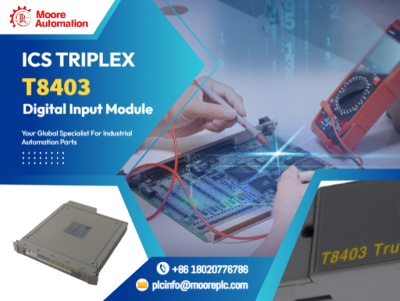

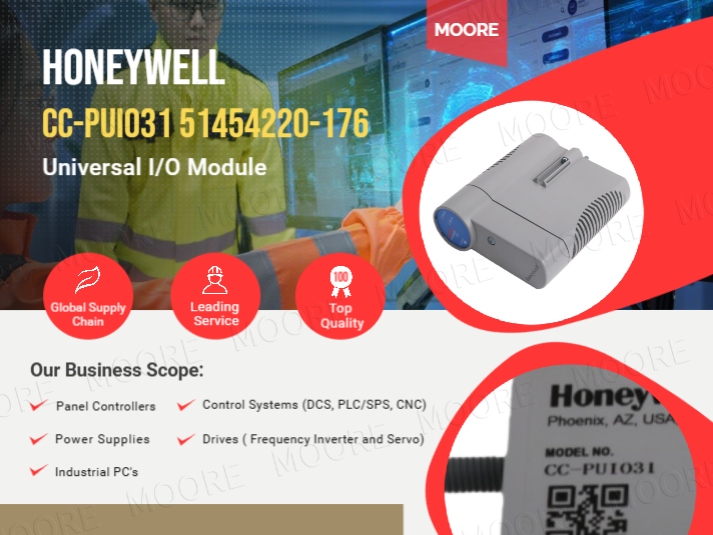
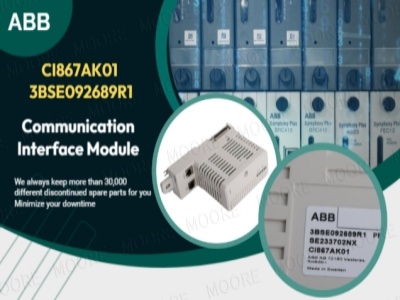












 IPv6 network supported
IPv6 network supported